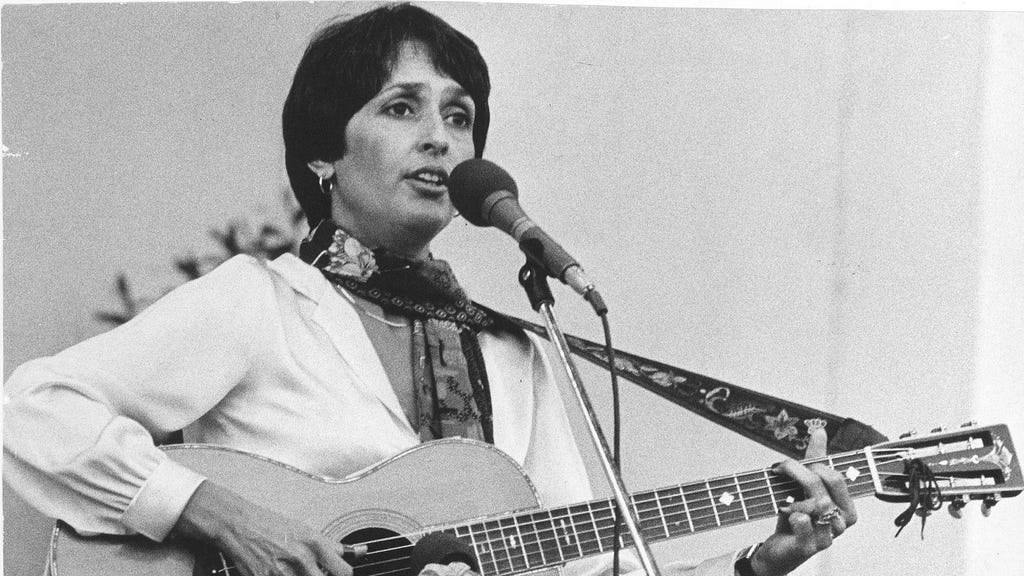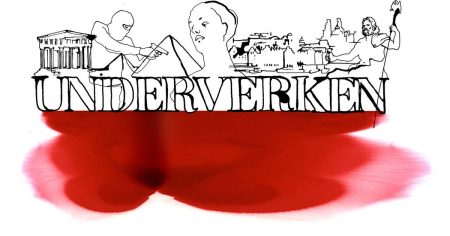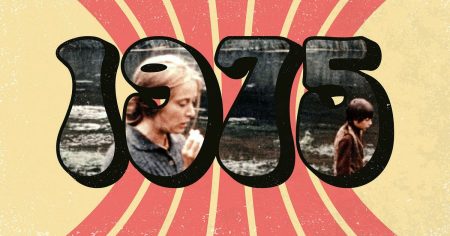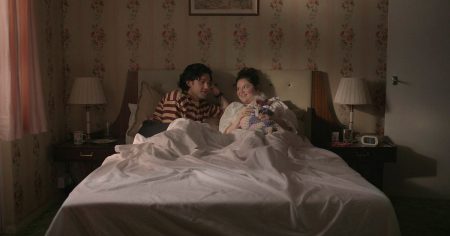Joan Baez, a name once synonymous with 60s folk music and protest, has found a surprising resurgence in popularity amongst Generation Z. This rediscovery, sparked by the Bob Dylan biopic ”A Complete Unknown,” has introduced Baez’s music and story to a new generation who identify with her experiences. This unexpected revival highlights the cyclical nature of popular culture and the enduring power of authentic storytelling, particularly regarding relationships. For many young women today, Baez’s emotional vulnerability and the complexities of her relationship with Bob Dylan resonate deeply, reflecting their own struggles with love and heartbreak. The fact that Baez’s struggles transpired decades ago emphasizes the timeless nature of these experiences, bridging generational gaps and fostering a sense of shared understanding.
The author’s personal experience underscores this resurgence. Introduced to Baez’s music serendipitously on a cross-country road trip, the author remembers the moment vividly, associating the song ”Diamonds and Rust” with the landscape between Missouri and Nebraska. Months later, they discovered Baez’s renewed popularity through an article in The Guardian, a moment of realization connecting the song playing in their teenager’s room to a wider cultural phenomenon. This anecdote encapsulates the unexpected ways in which cultural trends emerge and spread, often catching us off guard and prompting a reassessment of our own preconceptions. The author’s initial ignorance of Baez’s resurgence mirrors a broader generational disconnect, illustrating how cultural trends can simmer beneath the surface before erupting into mainstream consciousness.
This rediscovery is fueled by several factors, including social media platforms like TikTok, where Baez’s grandchildren post videos of her attending concerts with contemporary artists such as Phoebe Bridgers. This intergenerational connection exposes Baez to a younger audience, framing her not just as a relic of the past, but as a relevant figure in the present musical landscape. The author contrasts this renewed appreciation with the fluctuating popularity of ”Sex and the City,” a show once beloved but now viewed with some ambivalence. The author questions the tendency to discard cultural touchstones due to shifting trends or perceived flaws, highlighting the importance of recognizing enduring value beyond surface-level critiques. This comparison serves to emphasize the cyclical nature of cultural trends and the potential for reappraisal and rediscovery.
This parallel between Baez’s resurgence and the fluctuating reception of ”Sex and the City” illuminates a larger point about cultural trends and the tendency to dismiss or embrace figures based on prevailing opinions. The author expresses regret for not championing Baez during her period of relative obscurity and criticizes the tendency to follow the crowd in dismissing artists or works that fall out of favor. This self-reflection underscores the importance of independent judgment and the courage to appreciate artists regardless of their current popularity. It advocates for a deeper engagement with art and culture, encouraging a more discerning and less trend-driven approach to appreciation.
The author’s defense of both Baez and ”Sex and the City,” despite the latter’s perceived flaws and controversial reboot, underscores a resistance to discarding cultural touchstones based on shifting public opinion. The author acknowledges criticisms of the show, particularly the sometimes problematic portrayal of relationships and the controversial character Aidan, yet still finds value in the original series and its complex portrayal of female friendships. This nuanced perspective highlights the importance of engaging with art critically, acknowledging its shortcomings while still appreciating its strengths. It challenges the notion of discarding works based on evolving social norms or perceived imperfections, advocating for a more nuanced and forgiving approach to cultural critique.
The concluding anecdote of listening to Baez’s music while driving through the Midwest, punctuated by the distant flashes of a thunderstorm, brings the narrative full circle. This evocative imagery reinforces the connection between the music, the landscape, and the author’s personal experience of discovery. The lyrics, “My poetry was lousy, you said,” resonate with the author’s regret at not recognizing Baez’s talent earlier, emphasizing a renewed appreciation for the artist’s work. The storm, a metaphor for change and upheaval, symbolizes the shifting cultural landscape and the unexpected resurgence of an artist once considered past her prime. This final image encapsulates the power of rediscovery and the enduring impact of art across generations.














